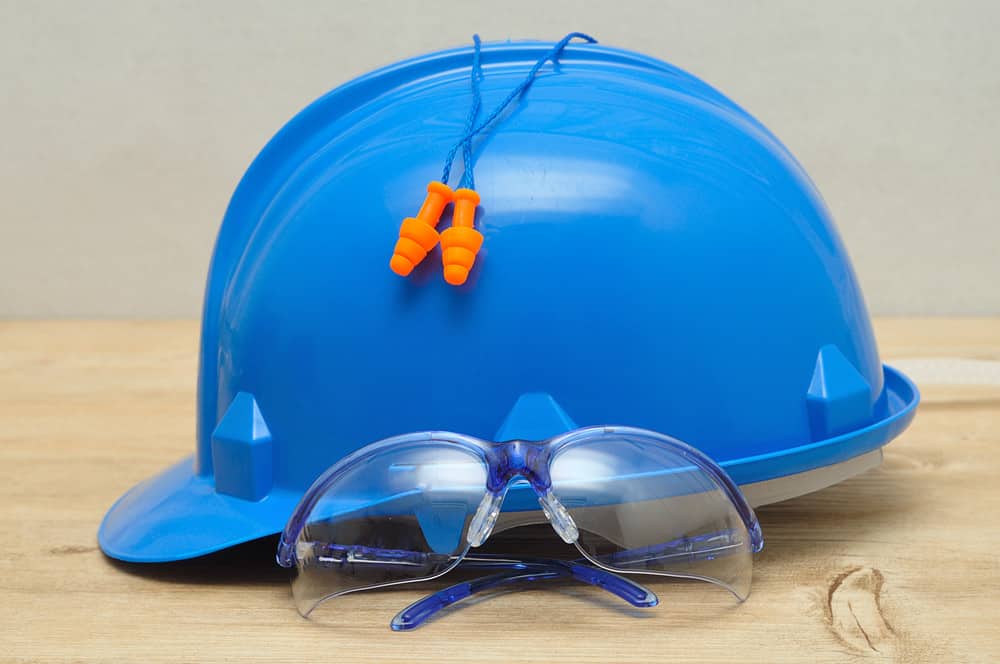
Occupational Hearing Loss Statistics
Annually, approximately 30 million people are exposed to dangerous levels of noise while on the job, according to the Occupational Safety and Health Administration (OSHA). OSHA reports that noise-related hearing loss “has been listed as one of the most prevalent occupational health concerns in the US for more than 25 years.” OSHA also says that “thousands of workers suffer from preventable hearing loss due to high workplace noise levels.”
How do we prevent hearing loss in the workplace? Let’s find out more.
Loudest Professions
There are many professions that expose people to dangerous levels of noise. We may not even notice it because the noise has become a part of our daily routine.
Dentists and dental assistants, for example, suffer from hearing loss and tinnitus. The high-frequency noise of tools and drills used in dentistry causes damage to hearing. Dentists and dental assistants see patients for hours during a day.
Factory workers and construction workers are two very noisy professions. The decibel level of an idling bulldozer – not even one that is being used – is 85 decibels. Construction workers who are in proximity to this noise for eight hours or more are at risk for permanent hearing damage.
People who work in restaurants, surprisingly, are also at risk for hearing damage. The minimal “industrial” design of trendy restaurants along with the loud music that provides a restaurant its ambience both contribute to the loudness in a restaurant.
In addition, 60% of veterans return from combat zones and report hearing loss and tinnitus. This is due to their exposure to gunshots and explosions, which range between 140 to 190 decibels.
Dangerous Decibels
All noises register at a decibel – and hearing specialists believe that volumes over 85 decibels lead to an increased risk for permanent hearing loss.
Most conversations are 60 decibels, but rock concerts clock in at 120 decibels. Sports fans at live games are exposed to decibels that range between 120 and 140. Power tools range between 110 to 130 decibels.
The longer the exposure to loud sounds, the greater the risk to workers in their occupations.
Noise Induced Hearing Loss
Noise induced hearing loss is caused by lengthy exposure to loud noises, either in the short term or over a long period of time.
Hearing loss is permanent. Noise induced hearing loss affects the inner ear, damaging the inner ear hair cells which translate sound waves into neural signals to be registered by the brain as sound.
When inner ear hair cells die, they do not regenerate. Noise induced hearing loss is related to the death of these cells. There is no cure for noise induced hearing loss; however, it is treatable with hearing aids.
How to Protect Your Hearing
Whether you are at work or pursuing your recreational activities, keep in mind the sounds you are exposed to. Store-bought earplugs (foam or silicone models) are available and do provide some protection. Perhaps the best protection you can provide to your hearing is custom made earplugs.
Custom made earplugs are made from a mold of your ear, providing you protection from dangerous levels of sound, while still filtering in the sounds you want to hear.
OSHA has issued a series of noise standards that maintain safe levels of noise in the workplace. Still, if you and your colleagues are experiencing high levels of noise and not using ear protection in your workplace, speak to your employers about attaining custom made ear protection.
